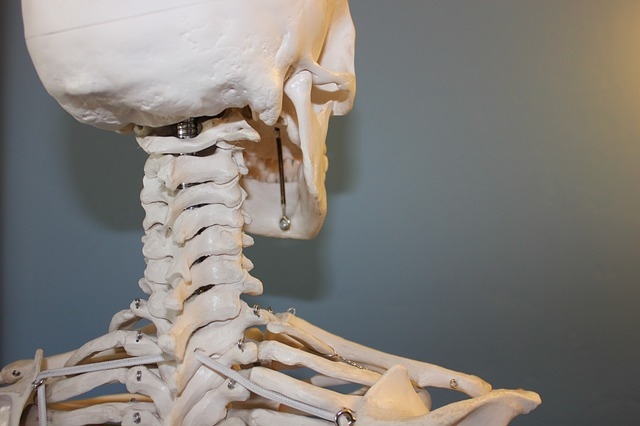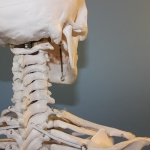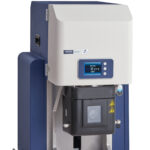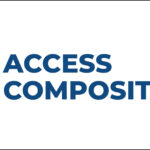Scientists have been using the technology of 3D printing to study and help the human body for a while now, and researchers at Northwestern University have come up with something new: a highly flexible artificial bone.
The bone can help hasten recovery and is easy for surgeons to manipulate while operating, the Los Angeles Times reports. Described as a “hyperelastic bone,” this 3D-printed body part can be cut, folded and sutured to tissues, and is looking to start a medical trend in cheaper, more effective bone grafts. Ramille Shah, senior author on the study and a biomaterials engineer, says, It really fulfills a major need in the clinical world. Surgeons implant ceramic fillers or hydroxyapatite scaffolds to repair damaged bones. Hydroxyapatite is a mineral containing calcium and phosphate, making it a good blend with natural tissue and allowing cells to grow.
However, these materials are rigid, making it difficult for surgeons to perform grafts and modify the implants. Softer, more malleable materials, on the other hand, are full of tiny granules and tend to get washed away by blood during the operation. Other materials are too dense, which would block blood cells and prevent the body from fully integrating with the graft. Shah’s team found a balance in a composite material that would fulfill all of the necessary qualities: biocompatibility to avoid rejection, enough porousness to allow cell growth, and pliability for easy handling. They also wanted a material that wouldn’t need to be heat-cured. Human bones are made up of composite materials, as well. Aside from hydroxyapatite, there is collagen to temper the brittleness of calcium and phosphate, allowing bones to be strong while staying flexible enough to withstand most forces without breaking. The Northwestern University scientists used 90% hydroxyapatite and 10% soft polymer, making the artificial bone rigid yet flexible, and extremely porous. Shah says, “That porosity also leads to the very unique mechanical properties that we see with hyperelastic bone that has never been seen with this type of composite before.” The resulting product is a material that can be pressed to less than 50% of its original structure without getting damaged. When tested on animals, the researchers found that the hyperelastic bone helped speed up recovery in the spine of rats and the skull of a macaque. Bone regrowth began in just four weeks, compared to 8-12 weeks for normal bone grafts. Shah says their discovery is useful not just for those with broken bones, but also for those with bone defects at birth. She’s looking into whether different types of defects and bones will need to be 3D-printed in various shapes. These might need more sophisticated designs, and might also require antibiotics or other drugs to prevent infection and assist in bone growth. The team can print these artificial bones fast, as much as 275 cubic centimeters an hour. Shah and her team hope that they can produce on a larger scale in order to hopefully make these artificial bones available for more patients.












